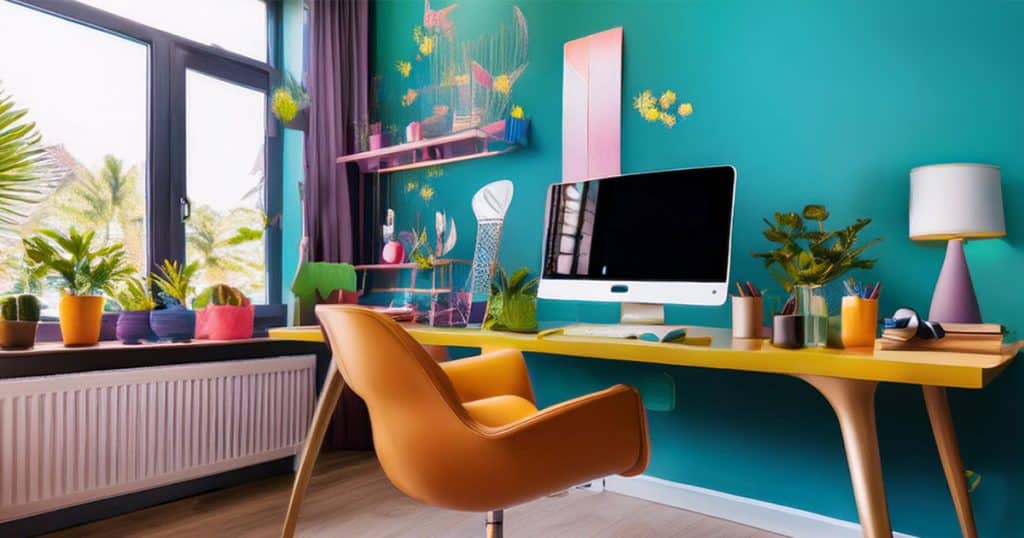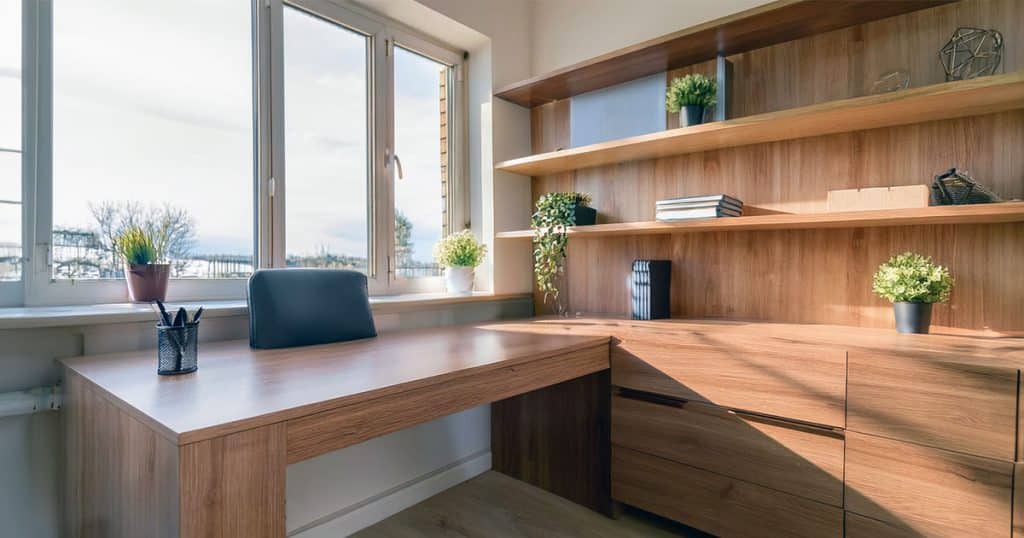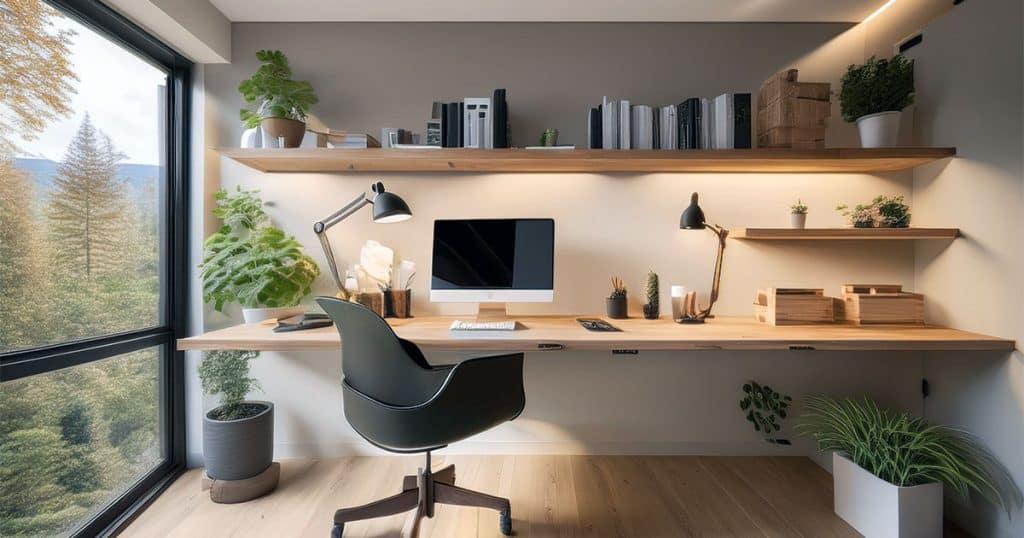When setting up a small home office, choosing the right furniture is essential for both functionality and style. You want to make quick, well-informed decisions that will serve you in the long run.
This guide will help you select furniture that fits your space, meets your needs, and adds a touch of personal style.
Functionality Comes First
The first step in furnishing your home office is to consider how you’ll use the space. Are you working remotely, attending online classes, or receiving home tutoring? Break down your tasks to determine what you need.
Will most of your work be online, or do you need filing cabinets for paperwork? Are you going for a paperless office? What kind of equipment will you require? Design the office to support your workflow. Make sure you include adequate storage for your needs, whether it’s for files or equipment.
Modern office designs offer a range of functional options, and you can also consider second-hand furniture for a cost-effective, eco-friendly choice. Whether it’s sleek new items or character-filled recycled pieces, materials range from polymers and plastics to wood, metal, glass, and stone.
Finding Your Style

While functionality is essential, style adds personality to your home office. You could opt for minimalist designs that focus purely on functionality or go for something more artistic. Creative furniture pieces with animal-inspired shapes or trendy geometric designs can boost your creativity and add flair to your workspace. This might be especially useful if you meet clients in your home office.
Modern furniture often provides flexibility to combine practicality with style. Compact designs and clever storage solutions can help reduce clutter, which is one of the biggest productivity killers in a home office. Choose from a wide range of colours and materials to create a workspace that reflects your personality while staying organised.
Choosing the Right Wood Furnishings

When selecting wooden furniture, you may find yourself choosing between solid wood and wood veneer. Solid wood offers durability and the ability to refinish easily if scratched or stained over time. However, wood veneer can provide a similar look at a lower cost.
Veneer is made by gluing thin layers of real wood over a core material, offering a sleek finish without the higher price tag of solid wood.
Both solid wood and veneer have their advantages. Solid wood is a long-lasting option and can be refinished multiple times, but it tends to be more expensive. Veneer, on the other hand, is a more budget-friendly option but may not withstand as much wear and tear. Consider your budget and long-term needs when making your decision.
Best Space-Saving Idea: The Wall Office

One of the most innovative small office designs is the Wall Office. It’s sleek, modern, and doesn’t require a dedicated room or large space. All you need is an empty wall.
By installing floating shelves for storage and a wide floating desk, you can create a compact, functional workspace. This idea is perfect for smaller homes or apartments where every square metre counts.
The design keeps your office essentials within reach while freeing up floor space, making it a smart solution for those looking to maximise efficiency in limited areas.


